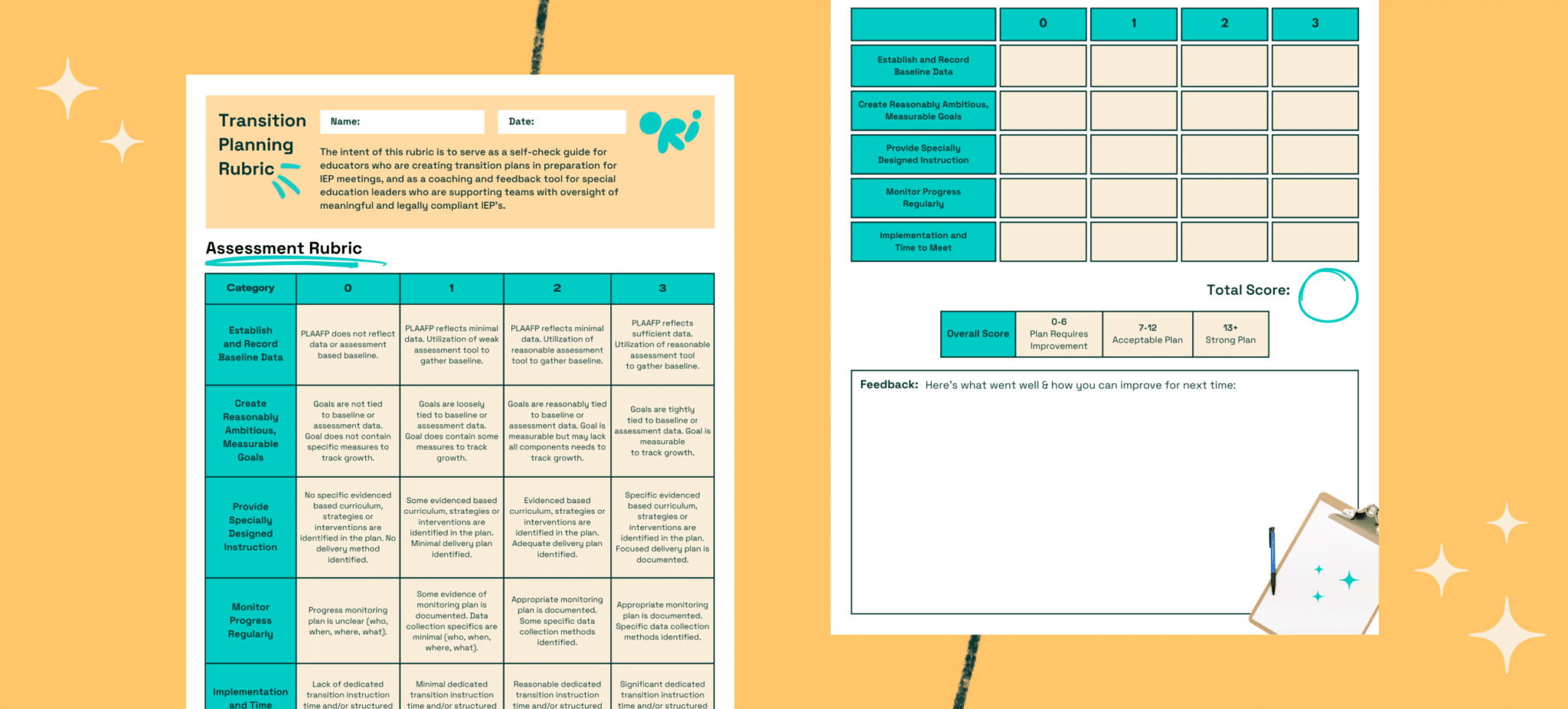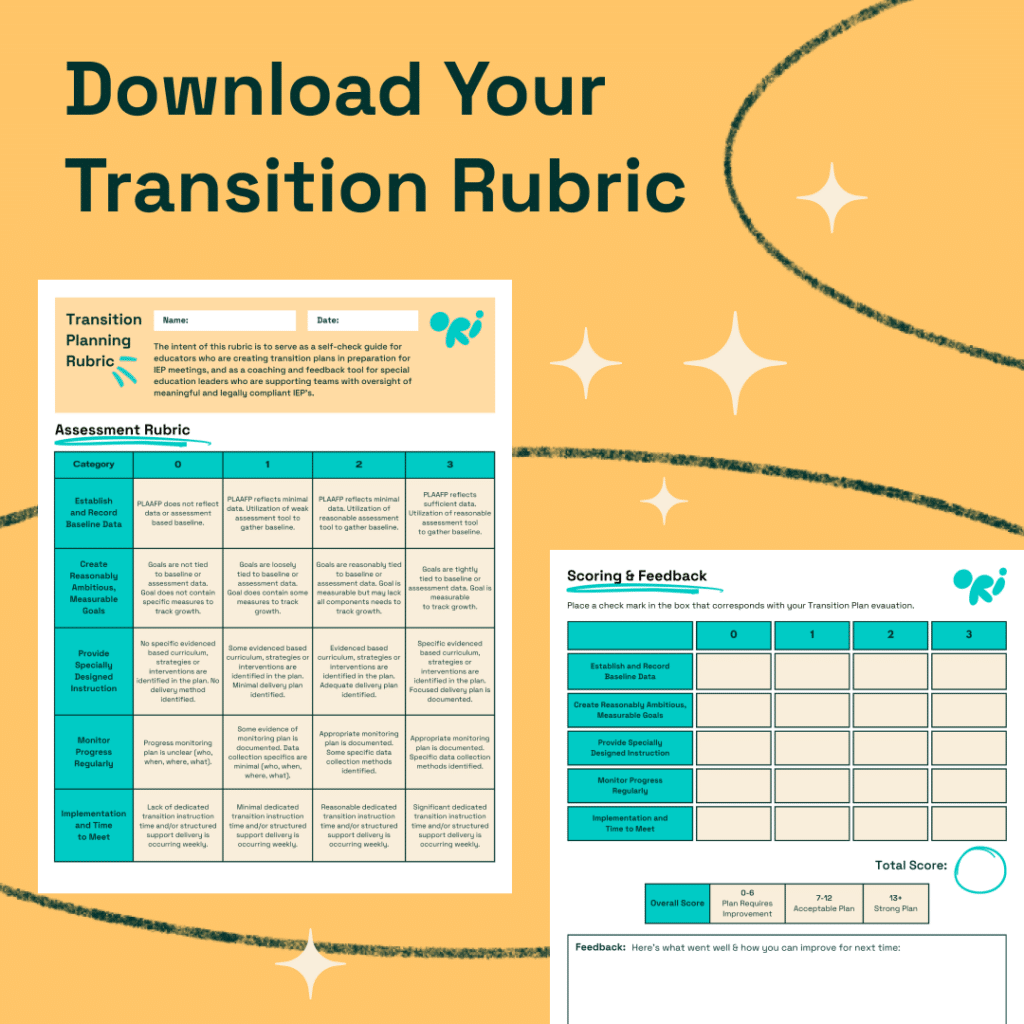

Task initiation is a critical executive function skill that enables students to begin tasks promptly and efficiently. This guide is designed to assist educators in crafting effective Task Initiation IEP goals, helping students with special needs overcome procrastination and improve their ability to start tasks independently.
Task initiation involves the ability to begin a task without undue procrastination, in a timely manner. For students with special needs, difficulties with task initiation can hinder academic performance and increase anxiety, making it a key area of focus in educational planning.
Incorporating task initiation goals into a student’s Individualized Education Program (IEP) is essential for promoting independence and productivity. These goals help students develop the necessary skills to initiate tasks, enhancing their overall academic and life skills proficiency.
Effective task initiation IEP goals should be compliant with legal standards and tailored to the student’s Present Levels of Academic Achievement and Functional Performance (PLAAFP). This ensures that the goals are suited to meet the identified needs within the context of the Individuals with Disabilities Education Act (IDEA).
Disclaimer: These sample goals are provided as a template. It’s important to customize each goal to the specific circumstances and needs of the student to ensure they are meaningful and achievable.
Our Transition Planning Rubric is designed to support district leaders and educators in guiding their teams towards excellence in transition planning.
It provides comprehensive criteria that cover the breadth of transition planning, from gauging student engagement to evaluating post-secondary goals and services.
Expand your team’s capabilities and improve the success of IEP meetings.

Task initiation is more than just starting tasks; it involves overcoming the inertia that many students with executive functioning difficulties face. By including task initiation goals in an IEP, educators can provide students with the tools they need to succeed academically and in everyday activities.
By adopting Ori Learning’s innovative strategies and resources, schools can ensure these IEP goals are not only met but exceeded, thereby fostering greater independence and efficiency in their students’ educational journeys. Discover how our curriculum supports robust IEP goal attainment by scheduling a consultation with our experts today.
Prepare your students for lifelong success with Ori’s Transition Curriculum.